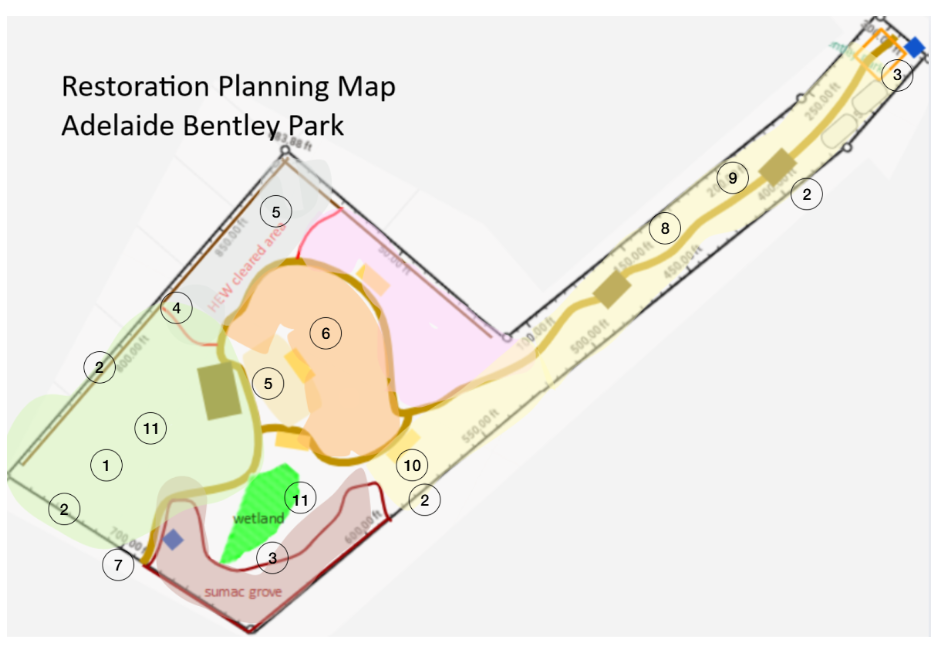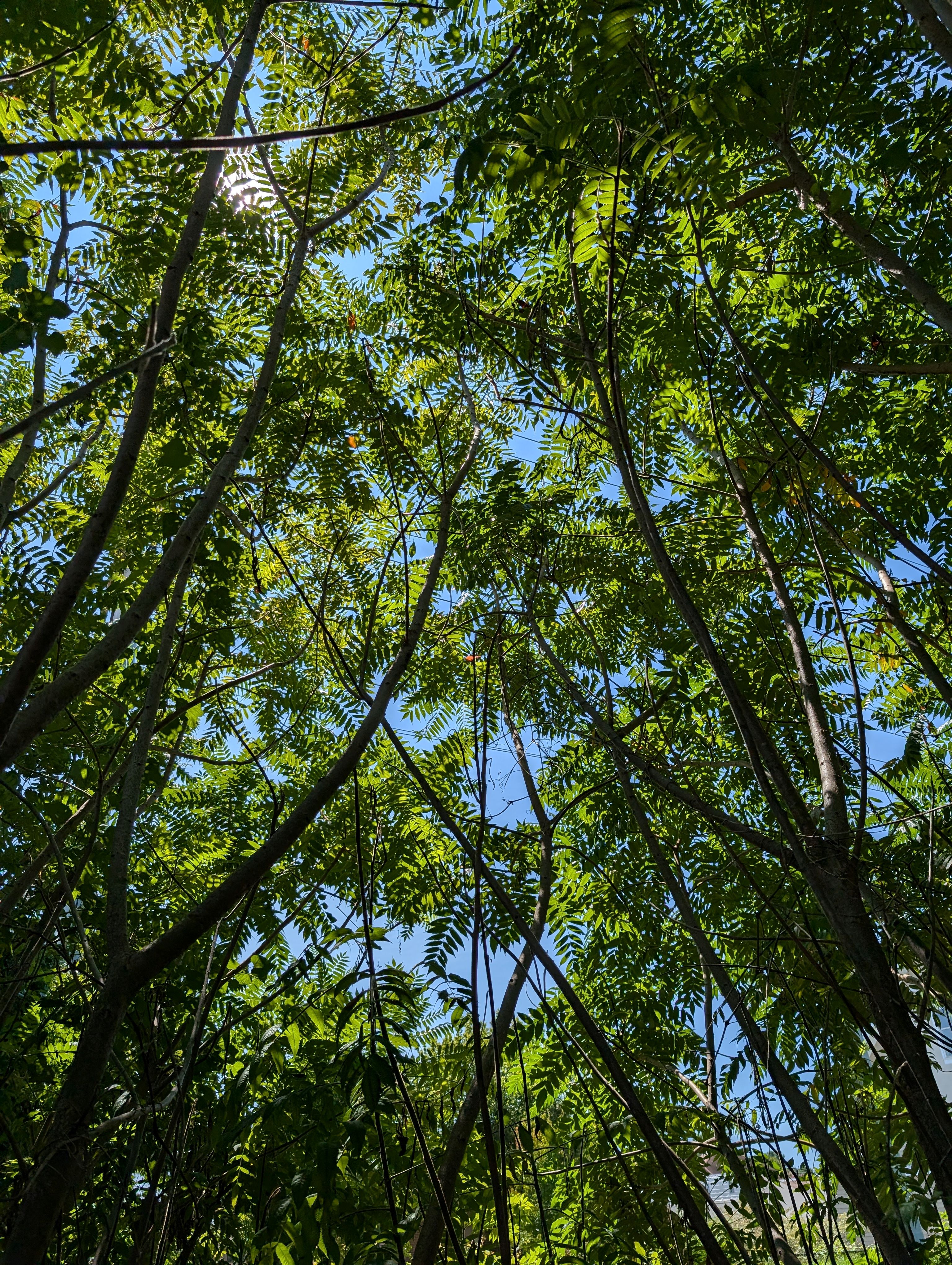NeighborSpace is taking a big step forward in urban land stewardship with the launch of our new Environmental Site Assessment Protocol. This initiative aims to provide a detailed catalog of the environmental conditions in our community-managed open spaces. By documenting native and invasive species, assessing tree health, and outlining targeted restoration plans, the new protocol will enhance conservation efforts and guide future improvements.

What the Assessment Covers
Each environmental assessment includes:
- Site Descriptions: ecosystem types, dominant species, and landscape conditions
- Tree Surveys: number and type of species, age, and health assessments
- Bioblitz Species Inventory: catalog of native, naturalized, and invasive species
- Environmental Concerns: analysis of invasive species pressures and other ecological threats
- Restoration Plans: prioritized action plans for removing invasives and restoring native habitat
For example, in a recent environmental assessment of Adelaide Bentley Park, our staff and volunteers identified 126 unique plant and wildlife species, including a canopy of black walnut as well as young box elder and eastern redcedar trees. The park also faces significant invasive pressure from species like porcelainberry (Ampelopsis brevipedunculata) and Japanese honeysuckle (Lonicera japonica), which will require ongoing management.


How Volunteers Can Help
NeighborSpace relies on dedicated community members to support these environmental efforts. Volunteers can get involved by:
- Participating in Bioblitzes – Help identify and document species through iNaturalist.
- Joining Restoration Projects – Assist with invasive species removal and native plantings.
- Monitoring Tree Health – Report observations of stressed or dying trees to guide future plantings.
- Mulching and Trail Maintenance – Help maintain paths and prevent erosion in protected areas.
Looking Ahead
By implementing this new protocol, NeighborSpace can make data-driven conservation decisions, ensuring the long-term health and biodiversity of the urban green spaces we conserve. The assessments will guide our planning with each park’s stewardship partners to design targeted interventions, such as clearing invasives, planting resilient native species, and restorative practices to improve habitats for people, pollinators, and native wildlife.
Want to get involved? Visit the NeighborSpace website to learn about upcoming educational workshops and volunteer opportunities.

